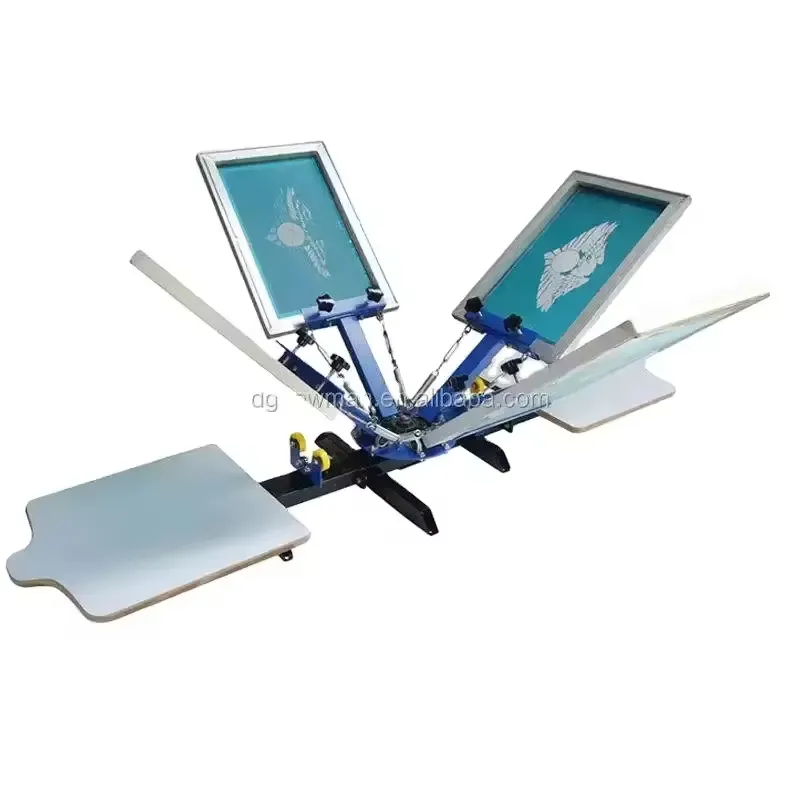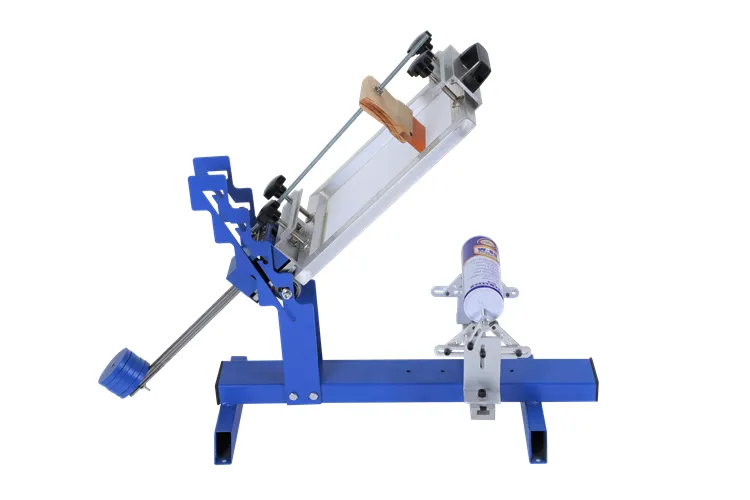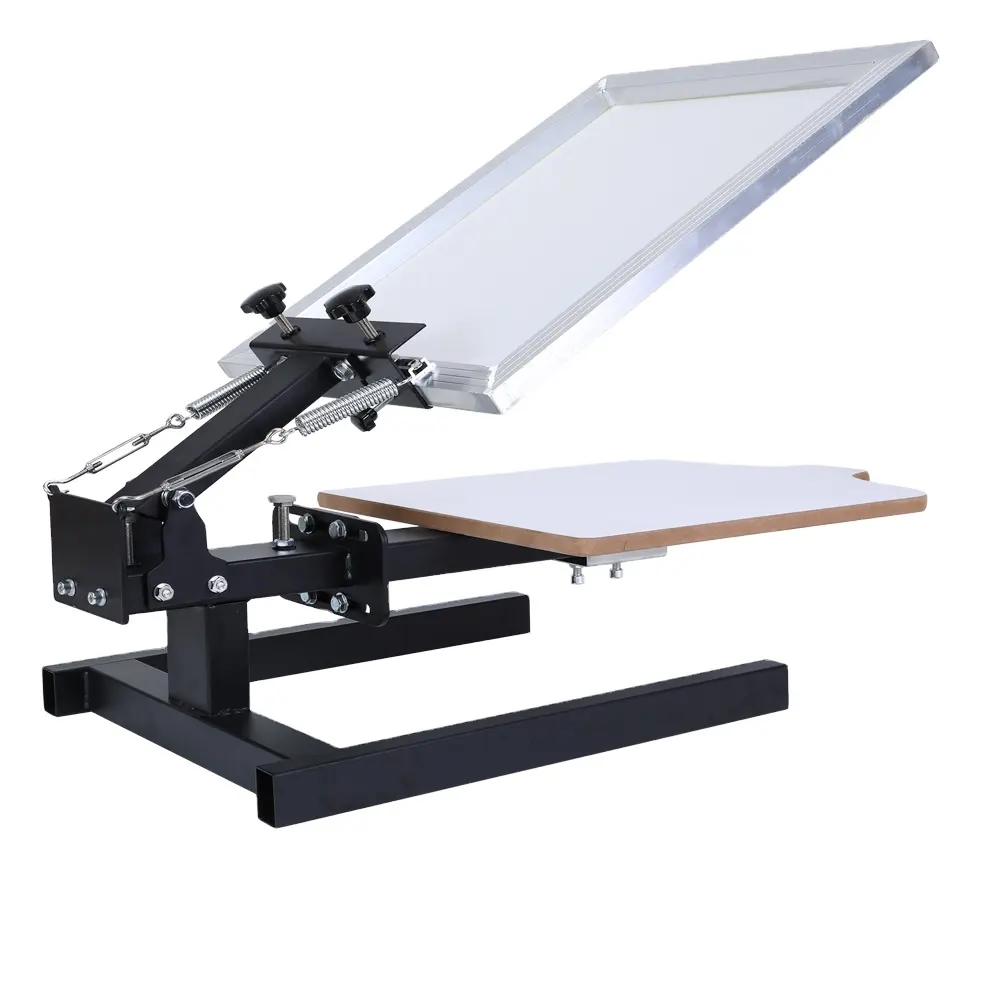t shirt silk screen printing machine price
T-shirt silk screen printing machine prices vary significantly based on their capabilities and specifications. Entry-level manual machines typically range from $300 to $1,000, offering basic functionality for small businesses and hobbyists. Mid-range semi-automatic models fall between $1,500 and $5,000, featuring enhanced precision and faster production speeds. Professional-grade automatic machines can cost anywhere from $10,000 to $50,000, delivering high-volume production capabilities and advanced features. These machines incorporate various technological innovations, including microprocessor controls, automatic registration systems, and adjustable print pressure settings. The price point often correlates with the machine's production capacity, ranging from 100 to 1,000 pieces per hour. Additional features that influence pricing include multiple color printing capabilities, size of the printing area, and materials compatibility. Modern machines often come with digital interfaces, preset programs, and quality control mechanisms that ensure consistent results across large production runs. The investment consideration should account for factors such as production volume requirements, available workspace, and intended application complexity.


